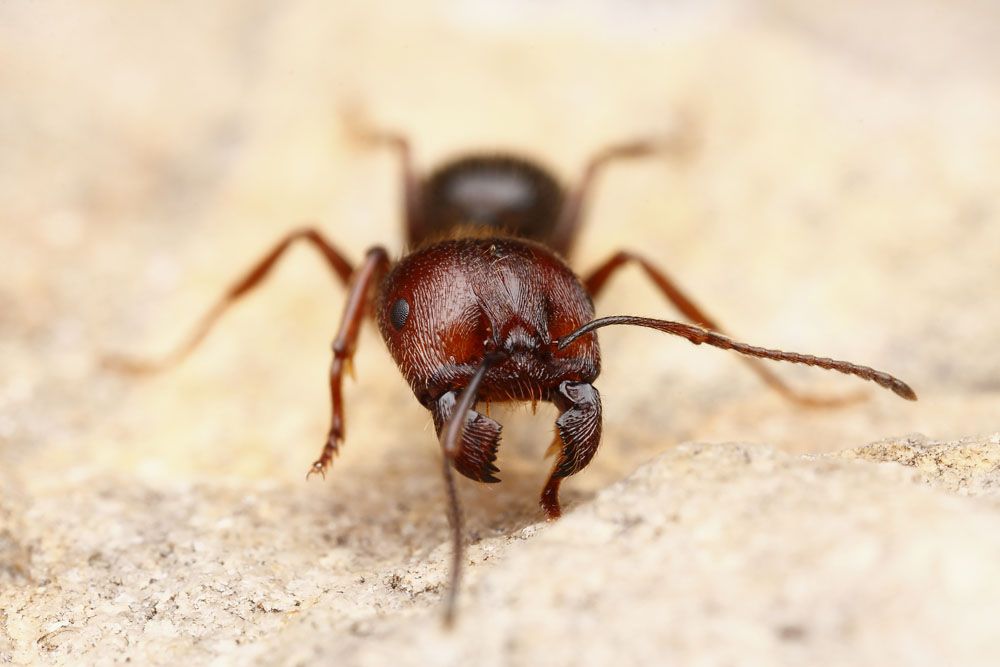
Harvester Ants – Pogonomyrex spp.
Harvester Ants – Pogonomyrex spp.
Common Name: Harvester Ants
Latin Name: Pogonomyrmex spp.
Appearance:
Harvester ants are a group of medium to large-sized ants with various colors, including red, brown, and black. They have stout and muscular bodies, large head, and long legs. Their most distinctive feature is the enlarged and flattened first segment of their abdomen, which they use to store and transport seeds.
Egg: Harvester ant eggs are small and white, resembling small rice grains.
Pupa: The pupae of harvester ants are white and resemble a miniature version of the adult ant.
Larva: Harvester ant larvae are small and white, worm-like creatures that rely on adult ants to feed them.
Adults:
Harvester ants have a highly specialized caste system, with distinct workers, soldiers, and reproductive individuals. Workers are typically the smallest individuals responsible for foraging, caring for the larvae, and maintaining the nest. Soldiers are larger, more heavily armored, and accountable for defending the nest. Reproductive individuals are the largest ants responsible for mating and founding new colonies.
Host plant:
Harvester ants are primarily herbivorous and rely on seeds as their main food source. They can feed on many plant species but are most commonly associated with grasslands and desert ecosystems.
Territory:
Harvester ants are found throughout the world but are most diverse in arid and semi-arid regions. They typically build large underground nests and can form colonies numbering in the thousands.
Damages caused by Harvester Ants:
Harvester ants can cause significant damage to crops and other agricultural plants by consuming or destroying seeds. They can also disrupt soil ecosystems by removing large sources, affecting plant community structure and nutrient cycling.
Life history and Habits:
Harvester ants have a complex life history that involves distinct caste systems and the founding of new colonies by reproductive individuals. They are highly social insects and rely on coordinated foraging and nest maintenance behaviors to survive. They also have several adaptations that allow them to stay in harsh and arid environments, such as storing and transporting seeds and regulating their body temperature.
